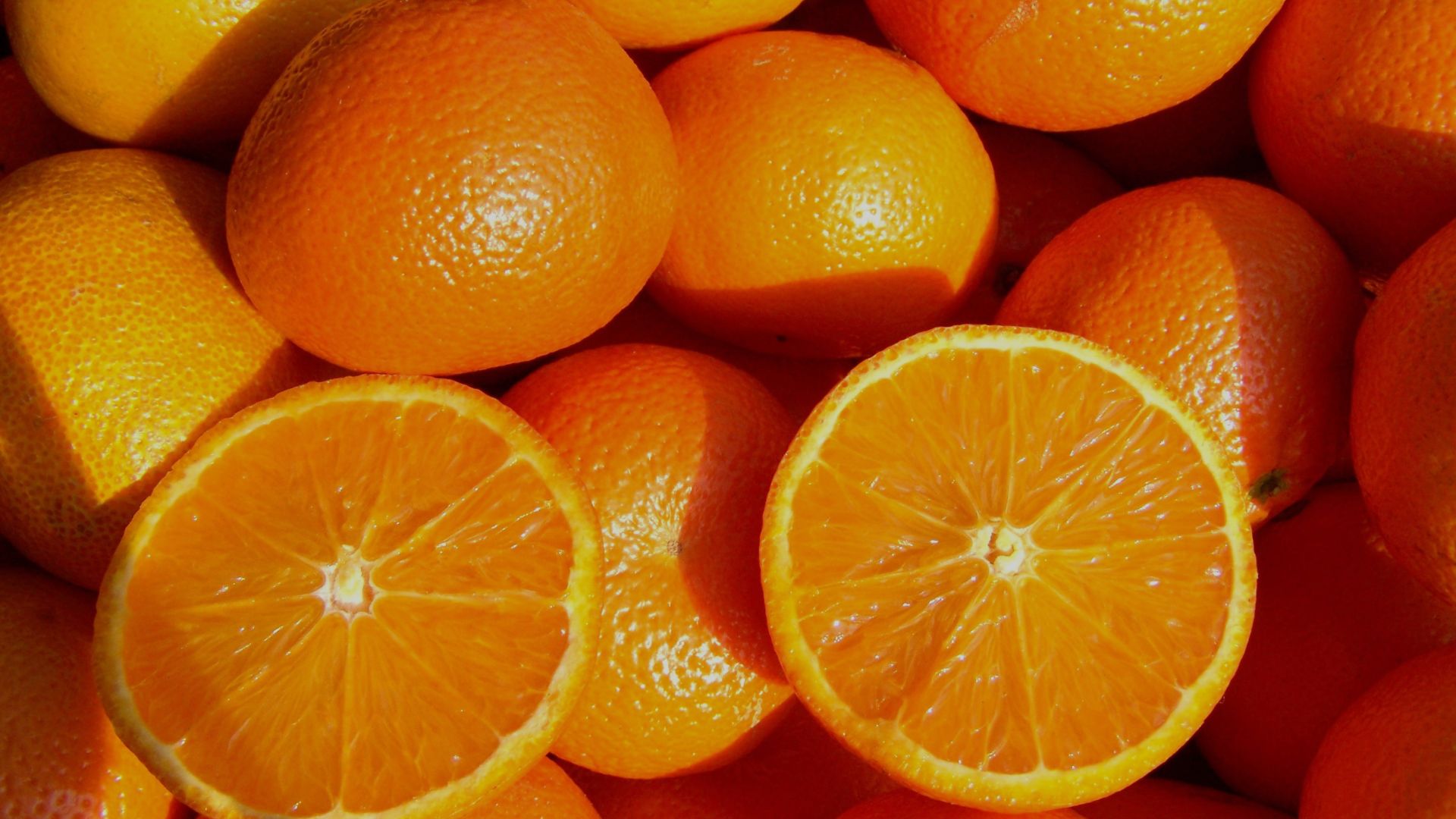Insights on the Global Orange Trade

Agricultural trade plays a crucial role in addressing potential food production shortages that may arise due to climate change or other factors. Ultimately, it contributes to the well-being of farmers, industries, and consumers. However, global agricultural markets have become increasingly volatile in recent years, directly impacting farmers and buyers throughout the food supply chain.
While appearing stable in the short term, agricultural trends often undergo significant long-term changes. This is evident in both consumption, such as the increased global popularity of kiwi, and the production of various crops, primarily influenced by technological advancements, weather conditions, and market demand.
One of the agricultural products that remains prominent for many decades is the orange, ticking both boxes; despite significant fluctuations in recent years, the production volumes of oranges have continued to grow consistently.
However, the market share of oranges has recently stopped growing at the same rate as production, signaling that consumers' interest in some market segments has also shifted to alternative options. This is likely due to the increasing availability of other fruits, particularly tropical ones like kiwifruit, in major markets worldwide. Another reason is the development of a great variety of processed fruit-based products, which greatly expands the scope of competition for oranges and orange-based products.
Thus, even though worldwide consumption keeps following a positive trend, it shows very intense regional variations; in the EU, for example, it has started following a downtrend, which favors tropical fruits:
Source: EU Directorate-General for Agriculture and Rural Development
The same is observed in the field of processed byproducts, with orange juice consumption slightly dropping in favor of alternatives like apple juice. As a point of reference, we attach data from Statista showing forecasts of a falling per capita consumption of orange juice:
Still, the orange remains a highly consumed citrus fruit globally, and it plays a significant role in both the dietary and agro-industrial sectors. In the 2022/23 season, worldwide orange production reached 47.77 million tonnes, according to estimates, which accounted for about 36.75% of the total citrus fruit production. Brazil is the uncontested top producer worldwide, followed by China.
Next on the list is the European Union, the production of which comes mainly from 3 countries: Spain, Italy, and Greece, as the graph below shows:
The biggest share of the oranges market is made of two cultivars: naval oranges, which are the consumers’ favorites according to our transactional data, and Valencia oranges. The harvesting seasons for the two varieties differ and vary depending on the geographic location: in Greece, the harvesting season for naval oranges lasts from October to April, while for Valencia oranges, it typically spans from June to September.
Based on our swift analysis, we can observe contrasting trends in demand from various markets worldwide and supply-side challenges often posed by plant diseases and adverse meteorological phenomena. These features of the orange trade pose significant threats to farmers and B2B buyers, making success in this sector a challenge for both parties.
In more detail, farmers need to make optimal decisions regarding their product positioning, pushing it to the right markets and at the right time. To do this, they need to be able to maximize their market exposure and receive and correctly translate all signals coming from the markets
As for B2B buyers of oranges, whether they are fresh produce wholesalers or food production units that process oranges as raw material, they all need to have the broadest possible orange supplier networks so as to retain their price bargaining power even in periods of turbulence in production and consequent scarcity of the product. This is also important for ensuring they can have a steady supply flow of products that match their quality standards to avoid infringing their reputation in the market.
.png?width=450&height=87&name=New%20Logo%20(1).png)

